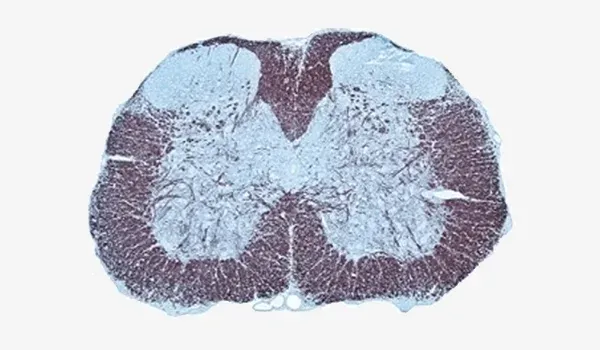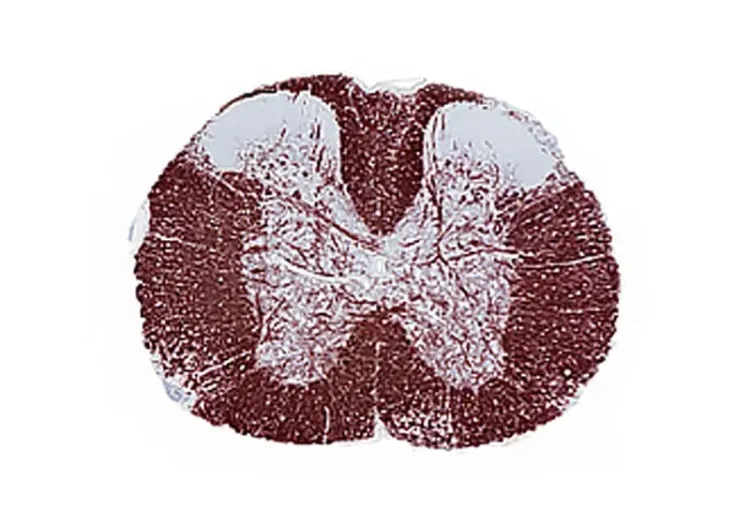Cuprizone Models
The cuprizone MS mouse model of demyelination & remyelination is induced by feeding mice the copper-chelating cuprizone toxin. Cuprizone administration in mice models several aspects of human multiple sclerosis (MS), including demyelination, spontaneous remyelination, oligodendrocyte precursor cell (OPC) proliferation & maturation, astrogliosis, and microgliosis.
The pathology in this demyelination model is primarily limited to the corpus callosum with a highly predictable timecourse. This demyelination mouse model is well-suited to therapeutic efficacy studies.
EAE Models
Experimental Autoimmune Encephalomyelitis (EAE) is a gold-standard multiple sclerosis mouse model for assessing therapeutic agents targeting autoimmune-mediated CNS disease. The EAE induction is most commonly performed by immunizing mice against myelin-derived antigens, such as MOG, MBP, and PLP. EAE mice model several aspects of human MS.
This model of multiple sclerosis is a primarily T cell-mediated autoimmune disease with several key pathologic features, including demyelination, peripheral inflammation (lymphocytes, macrophages), microgliosis, astrogliosis, and axonal damage/injury & axon degeneration.
Following MOG-EAE induction, mice demonstrate hindlimb paralysis and spinal cord pathology. Various fluid-based biomarkers (e.g. neurofilament light chain, inflammatory cytokines) can be found in the CSF collected from the cisterna magna of EAE mice.
Learn more about our characterization of these MS mouse models, our validated measures, and our Preclinical Neuroscience CRO services.
Related Content
Up-to-date information on Multiple Sclerosis and best practices related to the evaluation of therapeutic agents in MS animal models.
Experimental Autoimmune Encephalomyelitis (EAE) & Axonal Injury
This resource describes the methods available for measuring axonal damage & axon degeneration, including tissue markers and plasma & CSF neurofilament light chain (NfL; NF-L) levels, in the EAE model of multiple sclerosis (MS).
Demyelination & Remyelination in the Cuprizone Model
An overview of the methods available to measure myelin and oligodendrocytes in the cuprizone demyelination mouse model of multiple sclerosis (MS).


